5. American Beauty (1999)
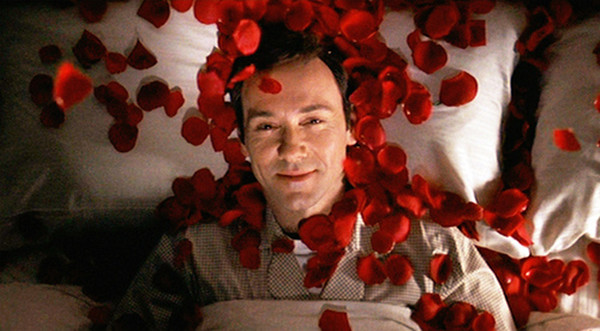
Not that he should give back his Oscar or anything, but Kevin Spacey plays the part of a sexually frustrated middle-aged dad who lusts after his underaged daughter’s schoolmate perhaps too convincingly for our taste. Couple that with all the off-screen controversy that’s been pestering the actor for the past few years now, and it’s safe to say that the experience of watching Sam Mendes’ evocative vision of a midlife crisis has gotten a whole lot weirder today than it initially was 25 years ago.
We have good news, however: As long as you don’t let your current perception of the lead actor spoil the whole thing for you, it’s refreshing to revisit “American Beauty” and realize just how well every little detail and scene holds up to this day. In a perfect world, it would’ve been nice to see Michael Mann’s “The Insider” walk away with the top prize — or “Magnolia”, if we’re going with snubbed nominees — but as far as actual Best Picture winners go, this one lands comfortably in the middle of the pack.
4. Titanic (1998)
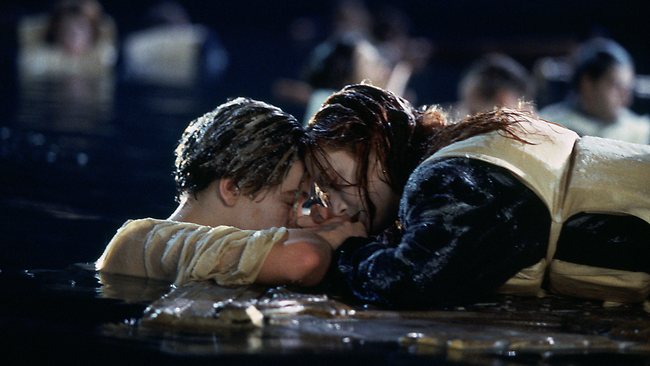
Tears were shed, gazillions of dollars were made, and Oscar records were blown to smithereens at the close of the century when James Cameron’s colossal recreation of the most infamous shipwreck in history set the cinema world alight and rode the momentum off its unprecedented $2 billion-plus box office haul to cruise past the competition and clean up at the Oscars with 11 wins.
Come for the luxurious wardrobes, expensive sets, and showstopping finale, but look no further than Leonardo DiCaprio and Kate Winslet’s red-hot chemistry as star-crossed lovers who get hot and heavy aboard the doomed British passenger liner that ended up at the bottom of the Atlantic Ocean in 1912 if you want to understand why the film swept Nineties audiences off their feet and remains a permanent Valentine’s Day fixture.
Many fans are still salty that “L.A. Confidential” didn’t go all the way, and Cameron got his share of flak for his own egomaniac acceptance speech (“I’m the king in the world!”). Love or hate the man, though, there’s a reason why you’ll still find people today fiercely debating whether there was enough room for Jack on that floating door.
3. Schindler’s List (1993)
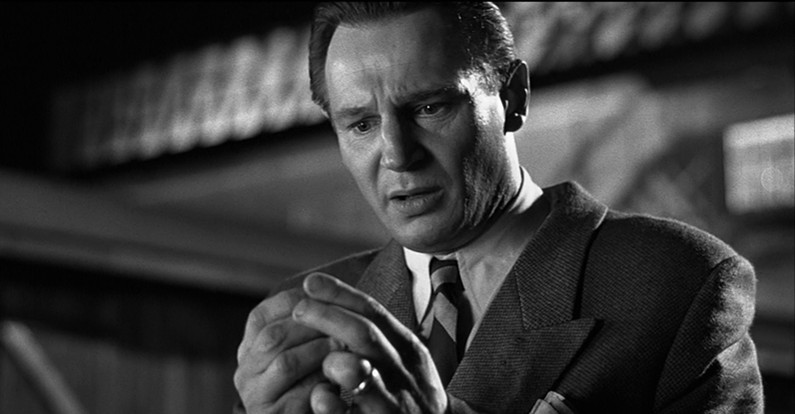
It sounds insane now with over 30 years worth of hindsight, but for a while around the 1980s and early-’90s, Steven Spielberg had a reputation hanging over his head of being a prolific crowdpleaser who could make a movie about paint drying and you could almost guarantee it’d still sell like gangbusters, but who, according to most pundits at the time, simply didn’t have it in him to pull off the kind of adult-oriented prestige-fare the Academy takes more seriously.
All those foolish narratives were swiftly put to bed in 1993 when the director casually went on to helm the greatest one-two punch in movie history. At the same time his big dinosaur sci-fi blockbuster was shattering box-office records left and right, Spielberg was quietly putting the finishing touches on his long-gestating passion project — a soul-stirring Holocaust drama about the real-life Nazi industrialist (played by Liam Neeson) who heroically saved over a thousand of Jewish people’s lives during WWII.
Martin Scorsese was initially tapped to direct the film but. ultimately decided to step down, probably thinking he might just as well hand over the reins to his equally talented friend Steve. And the rest is history: “Schindler’s List” earned a whopping 13 nominations overall and ended up winning seven including best director and best picture.
2. Unforgiven (1992)
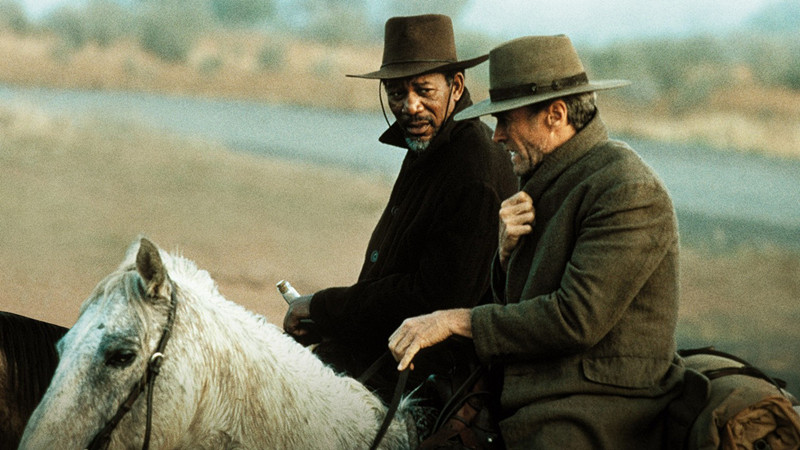
Decades after transforming the entire cinematic landscape of the western, Clint Eastwood made a triumphant return to the signature genre where he earned his fame and immortal onscreen persona with this hard-hitting tale of revenge, sin, and redemption. The actor-director is a force of nature opposite Morgan Freeman and Gene Hackman as a reformed gunslinger now scraping a living as a farmer who’s brought out of retirement for one last dirty job in the waning days of the Wild West.
Critics at the time were quick to point out the fact “Unforgiven” worked on many different levels, not simply as a revisionist western that subverted the genre’s usual trappings and glorification of violence, but most importantly as the cherry to top off Eastwood’s legendary career. Little did we know back then just how much tank the master had left in the tank: the actor-director would reclaim his crown 11 years later with “Million Dollar Baby” and is still knocking it out of the park today at the spry young age of 93. If you haven’t already, “Unforgiven” remains as good a place as any to dip your toes into his work.
1. The Silence of the Lambs (1991)
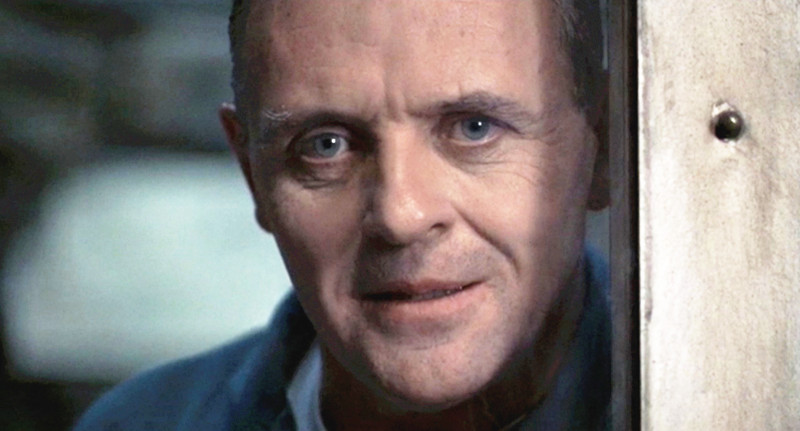
Little more than 16 minutes of screen time was all Anthony Hopkins needed to strike fear into our hearts, seep into the mainstream, win the Oscar for Best Actor, and become enshrined forever in cinema lore as the most iconic movie villain since Norman Bates for his scenery-chewing turn as the cannibalistic serial killer Dr. Hannibal Lecter in Jonathan Demme’s era-defining adaptation of Thomas Harris’s bestselling 1988 novel.
Also featuring a career-defining performance by the ever-reliable Jodie Foster as a fresh-faced FBI trainee on the hunt for another serial-killing psycho perp known as Buffalo Bill, the first and only horror movie ever to be bestowed with the Academy’s most prestigious honor has lost none of its power to send chills down our spines despite the way we collectively consume and interact with true crime today in a world overrun with sensationalized podcasts.
Fortunately, no dust has yet settled in “The Silence of the Lambs”, still only the third film ever to walk away with the so-called ‘Big Five’ Oscars, but if it ever runs the risk of feeling archetypical by modern standards, young viewers should keep in mind it’s only because it was ahead of its time and paved the way for the true crime boom that has now stretched across all media and taken hold of the nation in recent years.